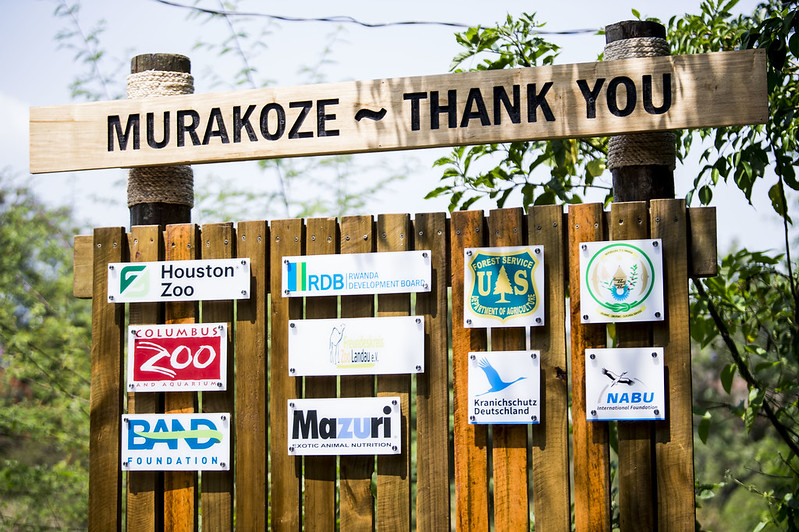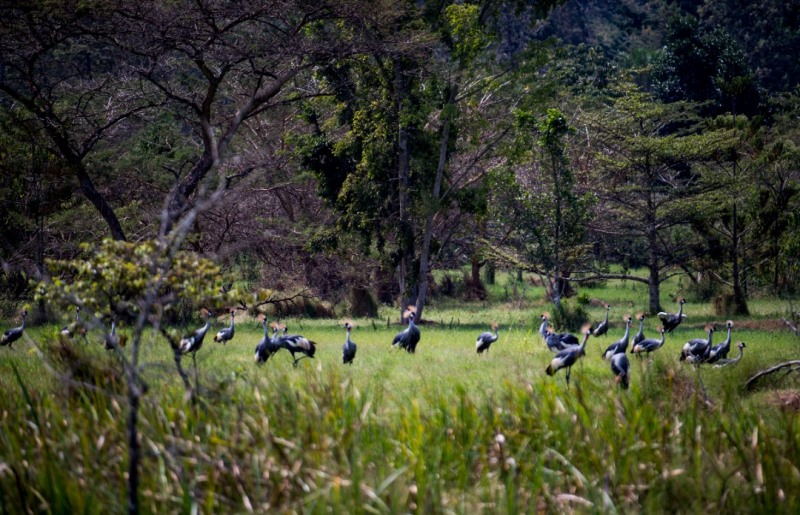
Kabuga wetland where already efforts started to bring in some habitats-the grey crowned cranes at Umusambi village-Photo Plaisir Muzogeye
Rwanda’s environment conservation is among stories that have been highlighted on regional and global level as being a conjugation of individual and government efforts.
No wonder, this approach where a citizen is a government partner applied in the conservation of gray crowned cranes (commonly called the crested crane), a majestic bird which is seen in Rwanda as “a symbol of wealth and longevity”.
Slightly over a decade ago, these birds were removed from their natural habitat and turned into status symbol pets in the gardens of hotels and private homes. The birds were almost wiped out as a result of poachers.
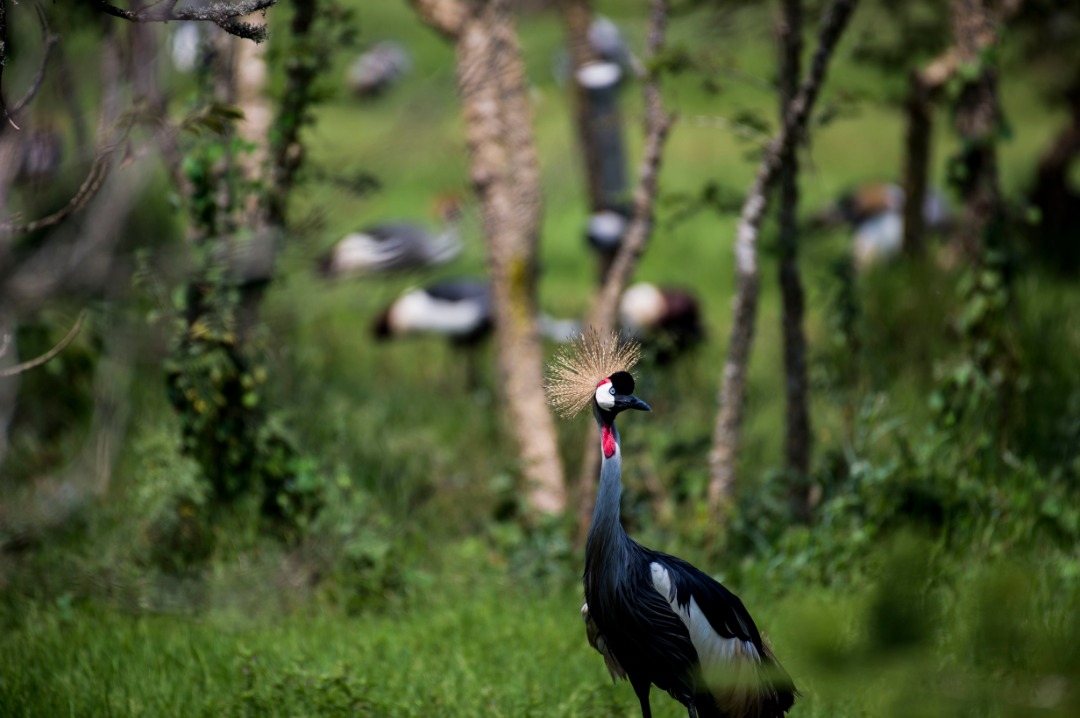
Destruction of their habitat for agriculture added to the pressure and by 2012, only around 300 remained in the wild and they were rapidly heading towards extinction.
Rescue Mission
The Rwandan crested crane species has undergone a remarkable recovery in Rwanda thanks to a local vet and conservationist Olivier Nsengimana.
Living in Rwanda’s capital Kigali, Nsengimana had found it strange to hear cranes calling from people’s gardens, while wild habitats were almost devoid of the birds.
“I told myself someone has got to do something about it,” he says. “Someone has got to make a change.”
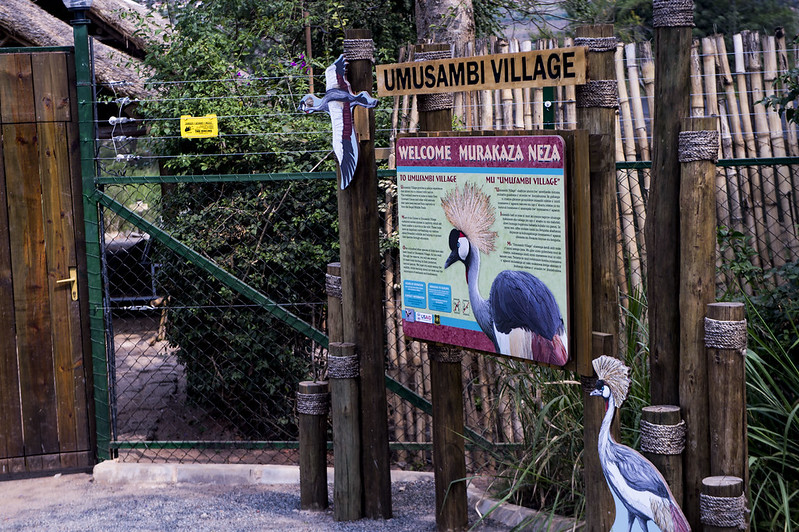
In 2014, the Rwandan Wildlife Conservation Association (RWCA) founded by Nsengimana and the government launched an amnesty program encouraging owners to surrender their “pets”, without fear of prosecution.
At the Umusambi village, a crested crane sanctuary in Kigali run by RWCA many pet crested cranes that had their feathers clipped or wings broken by their claimed owners to prevent them from escaping are rehabilitated to be returned to their natural habitats.
Rehabilitated crested cranes that are healthy enough to be returned to the wild are taken to a purpose-built quarantine facility.
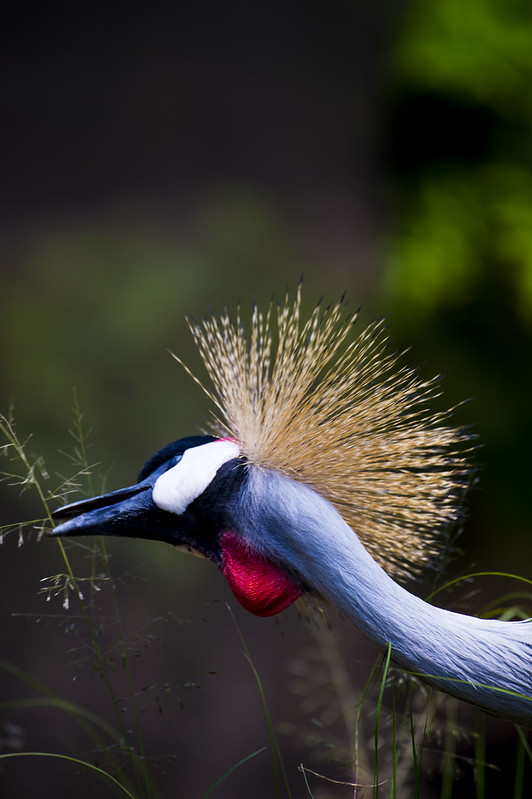
During the quarantine period, the cranes undergo a complete physical exam, and samples are collected and analyzed for different diseases.
At the facility, experts respond and treat accordingly any cranes that are found with a disease that could be harmful to their health once reintroduced but also could be a threat to other birds or animals in the wild.
Once the cranes are clear of disease and the quarantine period is complete, they are moved to the rehabilitation site at Akagera National Park.
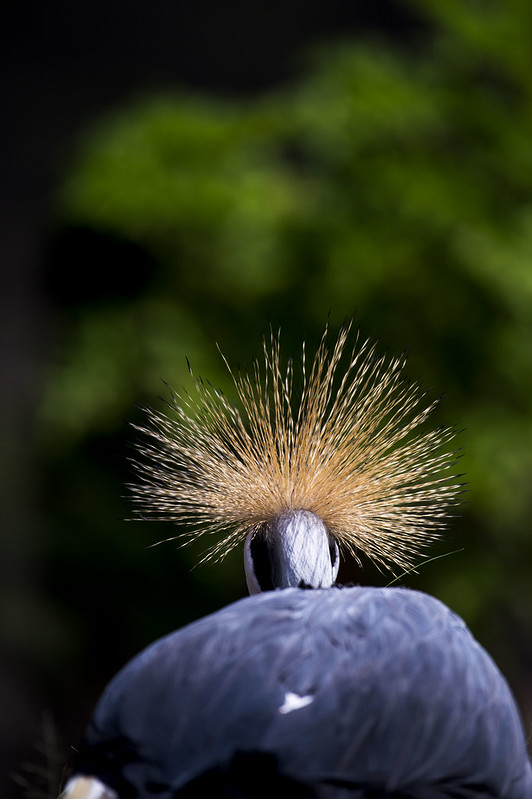
The program has seen 242 gray crowned cranes successfully rescued from captivity, says Nsengimana.
Of these, 166 healthy cranes have since been released to a rehabilitation site in Akagera National Park, near Rwanda’s border with Tanzania, where they relearned how to forage in the wild.
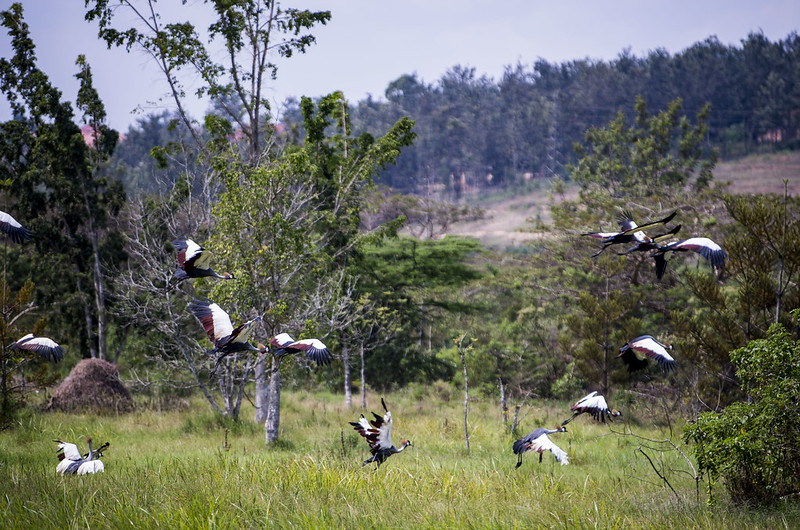
Umusambi Village has become part of the solution to ensure that these crested cranes have a permanent natural home and that Rwanda can achieve its goal of having no cranes in captivity.
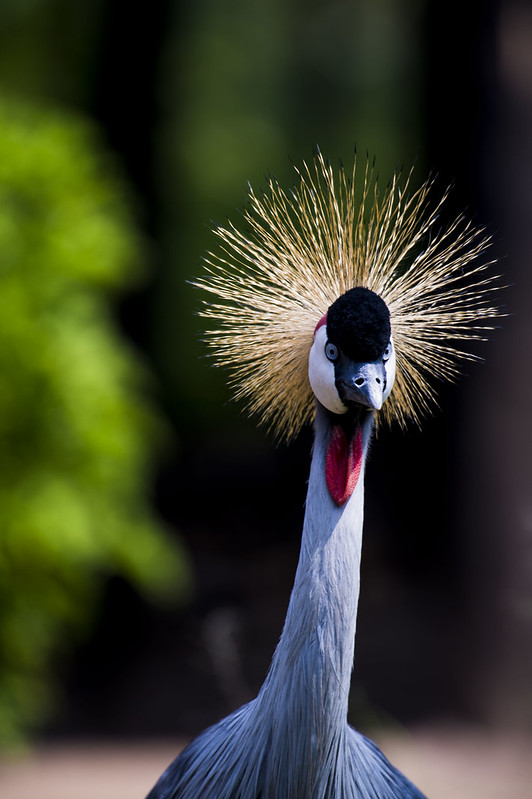
An additional 51 cranes rescued from captivity that are disabled or not healthy enough to return to the wild, are now enjoying a large, naturally restored wetland and crane sanctuary at Umusambi Village.
Eco-Tourism Promotion
The village also provides a unique eco-tourism attraction in Kigali City, connecting people and nature which continues to raise awareness about our work to protect Grey Crowned Cranes and save them from the illegal trade.
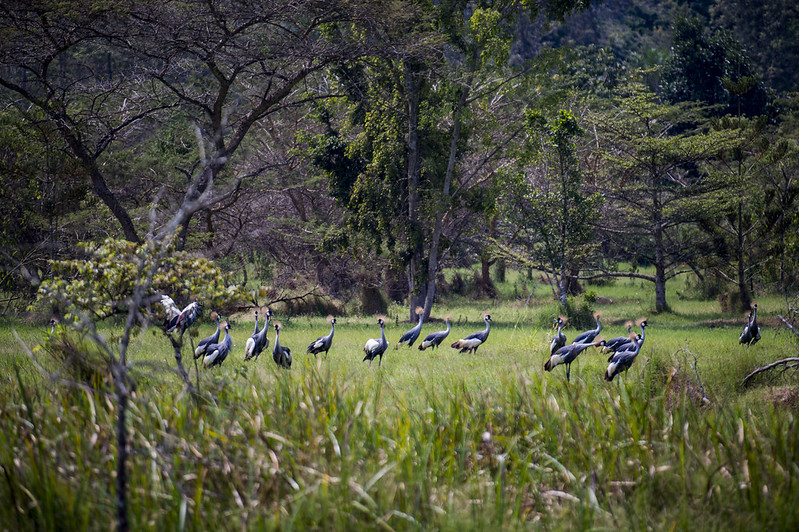
Umusambi village visitor experiences show that the crested crane remains a highly exciting bird to see in its natural habitat instead of being held captive by one or two persons.
“Umusambi Village is a great experience. We loved wandering along all the paths, seeing and learning about so many different birds in their natural habitats. It’s fantastic to have this available so close to Kigali centre,” Writes Caroline & Laurence Dews, visitors from the UK.
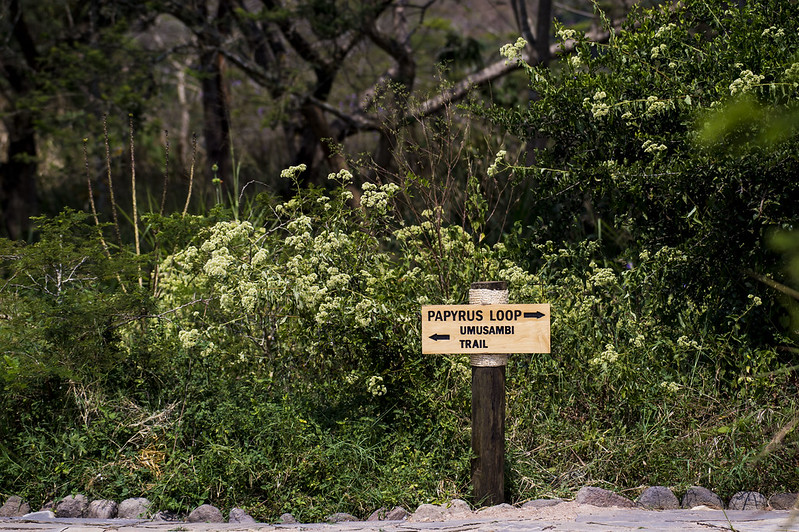
“Umusambi Village is outdoor education at its finest. As a family, we were grateful to spend a day in the beautifully restored marshland, walking, bird-watching, and learning about the endangered Grey Crowned Cranes. Our kids learned about the importance of the marshland ecosystem and planted a native tree that we look forward to visiting again in the coming years,” says Aila Malik from the USA.
More Cranes Conserved
There are up to 15 species of the gray crowned crane worldwide.
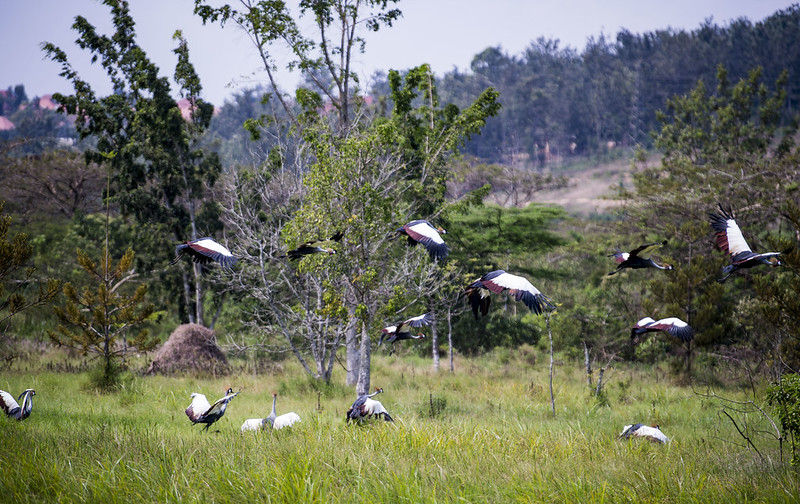
Two subspecies are predominantly found in Africa, with a large distribution of the East African crested crane —found in Uganda, Kenya, Tanzania, Rwanda, Burundi, Democratic Republic of Congo and Mozambique, while the Southern African species is largely found in South Africa and Zimbabwe.
By 2017 RWCA counted 487 crested cranes in Rwanda, in 2018 they had increased to 459 cranes, in 2019 they reached 748, and by 2020 they counted a whopping 881 cranes.
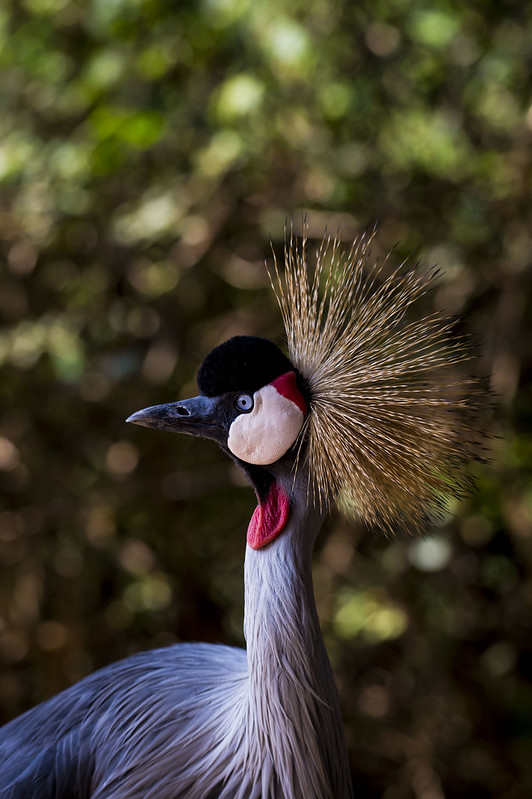
“We are now starting to collaborate with our neighboring countries so that we can better monitor cranes that fly across boarders,” Nsengimana said.
Conservation experts say the gray-crowned cranes are still at risk in other parts of Africa and there’s no “copy and paste” solution for all countries, but lessons can be learnt from Rwanda’s success.
